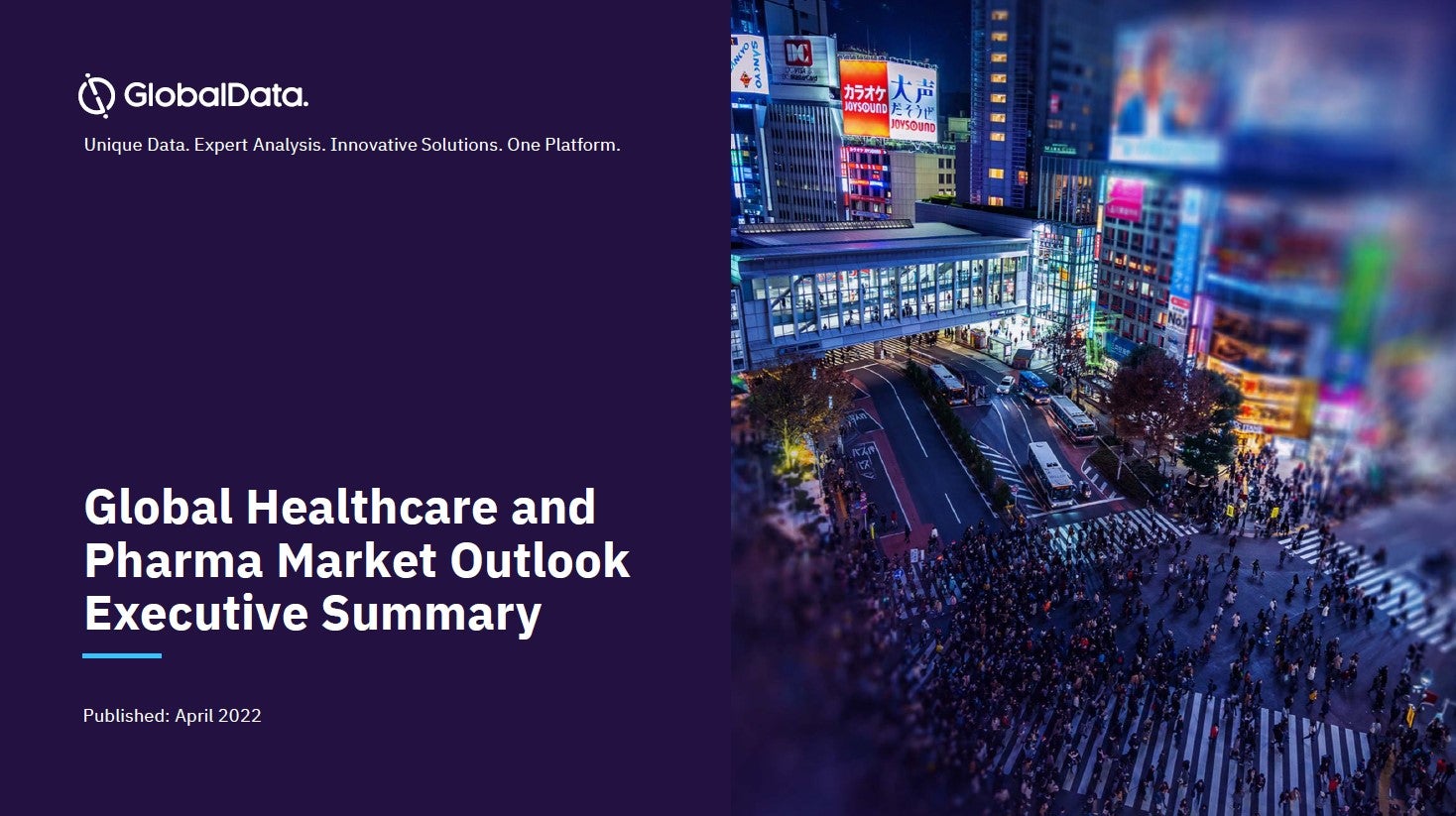
While the threat of high inflation is receding, its second-round effects may not quickly abate. Pharma may have to navigate a difficult path through relatively slow-to-fall inflation in regions outside the US.
Untamed inflation is a top concern for the pharmaceutical industry globally in 2023. While the impact of underlying inflation is gradually expected to become less severe over the year, there are signs indicating that inflation pressure will be more persistent in some markets than previously assumed. This could evolve into pharmaceutical companies dealing with semi-permanent higher input costs and other interlinked challenges for longer than current baseline predictions. The magnitude of the hindrance to sales growth and profitability will impact companies from multiple different angles. To some extent, the pharmaceutical sector is more resilient to these challenges than other industries. However, companies should brace for the possibility of more elevated persistent inflationary pressures for longer than previously assumed during 2023, with knock-on consequences for potentially renewed supply chain disruptions, volatile raw material prices, tighter healthcare spending, pharmaceutical expenditure constraints, weaker demand, and stress on manufacturing activity.
The topic of inflation overlaps with drug pricing strategy themes. Policymakers are attempting to respond to inflation crises by introducing new frameworks on the regulation of drug prices. In that context, the United States Inflation Reduction Act is set to garner significant attention this year. The legislation contains several provisions to lower prescription drug costs, including allowing Medicare to negotiate the cost of selected medicines. Negotiated prices will not apply until 2026, but the selected medicines for Medicare price negotiations will be unveiled in September 2023. Negotiations over these products are expected from October 2023 and run until August 2024. Under this act, pharmaceutical companies operating in the US will also have to contend with the imposition of inflationary rebates for Medicare utilization in 2023. Complying with the highly complex law will mean manufacturers have to pay rebates to Medicare where drug prices are raised at a rate that is faster and higher than the underlying rate of inflation.
Similar echoes are heard in Europe, where pressure to curb price growth will stay a priority. However, the rigidity of European pricing and reimbursement systems means there is limited scope to facilitate significant price increases. Authorities in some European capitals—one prominent example being Denmark—are poised to embark on multiyear price cap negotiations with the innovative pharmaceutical industry, where the present inflationary climate will likely have a complicated influence on any final deal. An improved global environment for drug price increases may materialize from Q3. In the meantime, cost controls derived from inflationary-driven economic forces are set to weigh on drug pricing strategies. The resulting reduced profit margins could lead to further supply chain constraints of some loss-making products in certain markets. The entire pharma industry will be affected by the fallout. However, low-cost generic and biosimilar manufacturers are likely to be particularly exposed to these economic pressures.
The inflation-driven issues facing the global pharmaceutical industry will also be closely influenced by events in China. The dramatic changes to China’s “COVID-zero” policies and reopening of the country’s borders brought opportunities but also certain risks in the short term. Undoubtedly, China’s manufacturing sector has struggled since the “COVID-zero” policies were lifted. While supply chain issues appear to have been relatively mild, there are signs that production and new orders contracted in Q1. This situation should begin to rebound in major manufacturing centers, assuming COVID-19 infections peak in the coming months. However, a looming risk on the horizon in 2023 is that the economic pain may produce downstream effects on global pharmaceutical supply chain networks. The potential scale of new infections and the questionable ability of parts of China’s hospital system to deal with the current wave of infections may lead to supply chain disruptions for the manufacture and export of active pharmaceutical ingredients (APIs) due to an adverse impact on workforce availability and delays at export hubs. A worst-case scenario could also involve some pharmaceutical production in China being diverted to domestic use in early 2023. Q1 and Q2 may have the worst impact in terms of potential global supply chain bottlenecks, although the unfolding situation should stabilize before the middle of the year. Even so, the suggestion is that this could push up some API prices globally and make it harder to source certain products over the near term.
How well do you really know your competitors?
Access the most comprehensive Company Profiles on the market, powered by GlobalData. Save hours of research. Gain competitive edge.

Thank you!
Your download email will arrive shortly
Not ready to buy yet? Download a free sample
We are confident about the unique quality of our Company Profiles. However, we want you to make the most beneficial decision for your business, so we offer a free sample that you can download by submitting the below form
By GlobalDataThe strategies adopted by pharmaceutical companies to face the upcoming year of uncertainty appear to be geared around reducing sales, general expenditures, and administrative expenditures. Some companies may also modify their R&D strategies to keep costs down. However, there are grounds for thinking that companies that invest more in this area will emerge in a stronger position to take advantage of a global economic rebound and the stabilization of cost drivers from 2024.






